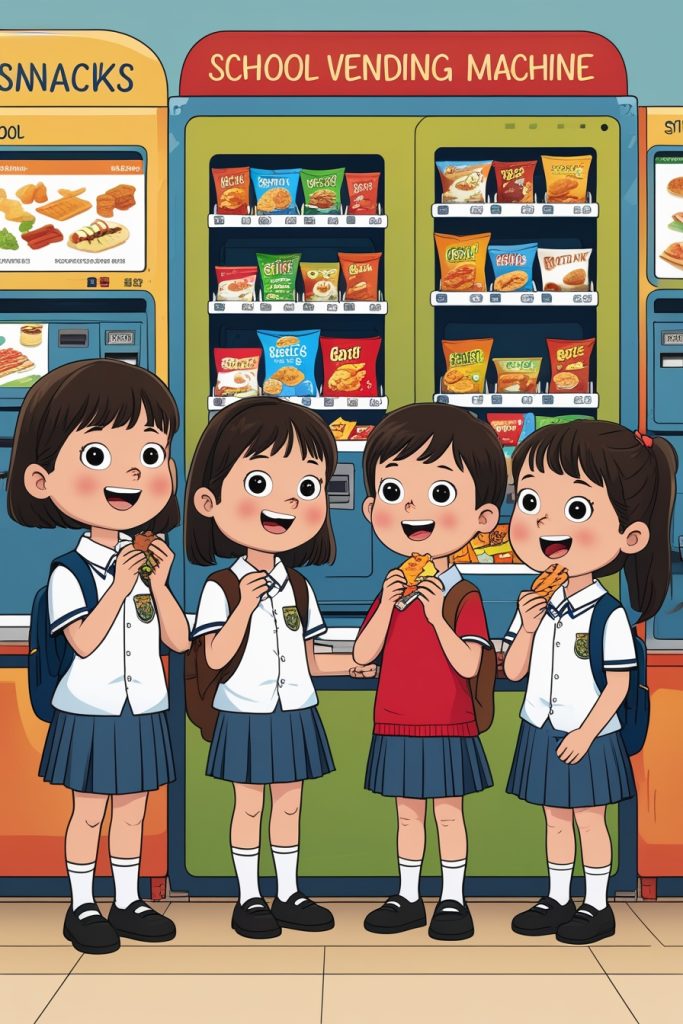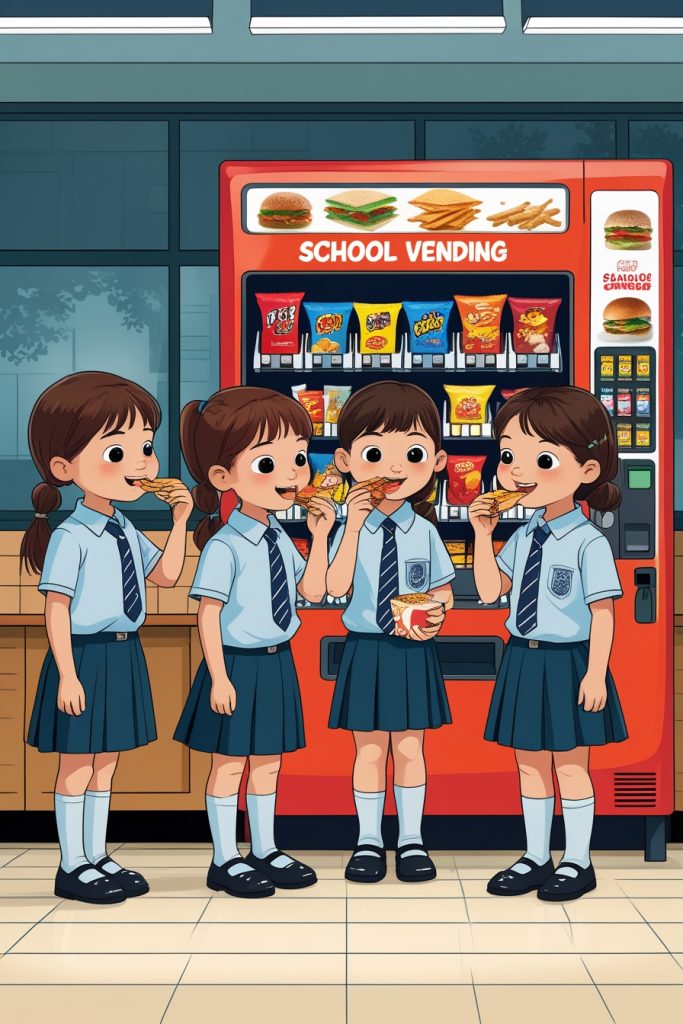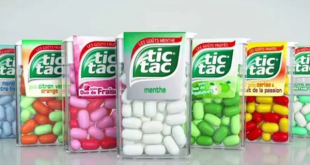Why Should School Vending Machines Carry Junk Food? A question of debate is making headlines in this fast-paced world. School vending machines have long been a topic under discussion. Some people argue that these machines should offer only healthy snacks, however, a compelling case exists for allowing them to carry junk food.
Imagine some students standing in front of a vending machine available in their school and eating junk food, what is the first thought that hits the mind? Oh! it’s scary. We’ve all been told: that junk food is unhealthy, high in calories, and unsuitable for regular consumption.

What if I tell you that indulging in your favorite fast-food treats might have a few unexpected benefits? From fostering personal responsibility to providing convenience, including junk food in school vending machines can serve practical and educational purposes. Here’s Why Should School Vending Machines Carry Junk Food?
1. Promoting Personal Choice and Responsibility
One of the most important lessons schools can teach students is making responsible decisions. By offering a variety of snack options, including junk food, vending machines provide an opportunity for students to practice making choices. Restricting access to certain foods may only make them more desirable, leading to overindulgence outside school. When students are trusted to choose their snacks, they’re more likely to develop a balanced relationship with food over time.
2. Providing Convenience for Students
School schedules can be hectic, with students juggling classes, extracurricular activities, and study time. Vending machines that carry junk food provide quick, convenient access to snacks and energy-boosting treats during busy days. Sometimes, students need a fast option to satisfy hunger, and sugary or high-calorie snacks can offer a temporary boost to help them stay focused and energized.

3. Reflecting Real-World Environments
Outside of school, vending machines and convenience stores often carry a mix of healthy and unhealthy snacks. By allowing junk food in school vending machines, educators prepare students for real-world situations where they will need to make their own dietary decisions. Schools can use this opportunity to guide students on how to enjoy junk food in moderation and incorporate it into a balanced diet.
4. Catering to Diverse Tastes and Preferences
Students come from diverse cultural and personal backgrounds, which means their food preferences vary widely. While some students may prefer fruit cups or granola bars, others might enjoy chips or chocolate. Offering a range of options ensures that all students can find something they enjoy, creating a more inclusive and satisfying experience.
5. Generating Revenue for School Programs
Junk food items tend to be more popular and sell faster than healthier alternatives. By including them in vending machines, schools can increase sales and generate additional revenue. These funds can be reinvested into school programs, such as extracurricular activities, sports teams, or classroom resources, benefiting the entire student body.
6. Encouraging Education on Nutrition
The presence of junk food in vending machines can serve as a starting point for meaningful conversations about nutrition. Teachers and school staff can use these snacks as examples to educate students about calorie intake, sugar content, and the importance of balance in their diets. This approach empowers students with the knowledge to make informed decisions about their food choices, both in and out of school.
7. Addressing Student Demand
Ultimately, vending machines are there to serve the needs and wants of students. Many students enjoy junk food as a treat, and catering to their preferences helps create a positive school environment. Ignoring student demand may lead to frustration or drive students to purchase snacks outside of school, where healthier options may not be available.
Conclusion: Striking a Balance
While it’s important to encourage healthy eating habits, banning junk food from school vending machines may not be the best solution. Instead, schools should aim to strike a balance by offering a mix of healthy and indulgent snacks. By teaching students about moderation, promoting personal responsibility, and meeting their needs, schools can create an environment that supports both well-being and satisfaction. Junk food doesn’t have to be the enemy—it can be a tool for education and a source of enjoyment when consumed thoughtfully.
Read More:
Sentence Examples for Food jag



